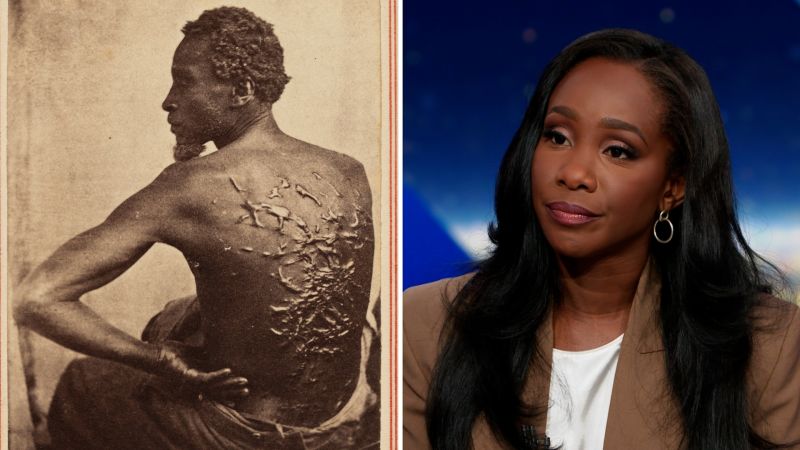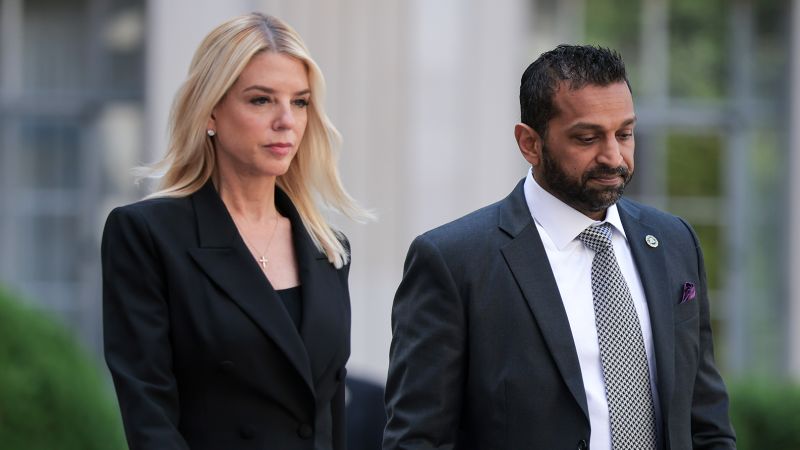
Controversy Surrounding Removal of Historic Photograph at National Gallery of Art
Culture | 9/16/2025
In a recent directive, President Trump has reportedly ordered the removal of a historic photograph featuring an enslaved man from the National Gallery of Art. The photograph, part of a collection donated by Philip J. Block, captures the image of the enslaved individual in a cotton field. The removal request, as reported by The Washington Post, has sparked debates over the erasure of history and the significance of preserving such artifacts in national institutions.
The image in question is from the “Photography Reinvented” exhibit at the National Gallery of Art in Washington, D.C., showcasing the works of 14 artists. The display, which includes the photograph of the enslaved man, aims to provide a diverse perspective on the American experience. Critics argue that removing the image could be seen as an attempt to sanitize history and ignore the realities of slavery’s impact on the nation’s past.
A White House official, speaking on the condition of anonymity, defended the removal order, stating that the decision was made to uphold the administration’s commitment to promoting positive and patriotic images in federal spaces. However, this move has raised concerns among historians and art experts who stress the importance of confronting and acknowledging the darker chapters of American history, such as slavery.
Legal experts highlight that the National Gallery of Art, as a federally funded institution, operates under the oversight of the Smithsonian Institution. The removal of the photograph has prompted discussions on the role of government influence in curatorial decisions and the preservation of historical artifacts in public spaces. While the National Gallery of Art has not publicly commented on the directive, this development underscores the ongoing dialogue surrounding the representation of sensitive historical subjects in cultural institutions.
As the debate continues, the decision to remove the historic photograph of the enslaved man from the National Gallery of Art reflects broader tensions over the presentation of challenging historical narratives in public settings. The clash between preserving historical accuracy and promoting a particular narrative underscores the complexities of curatorial decisions in a politically charged environment.


